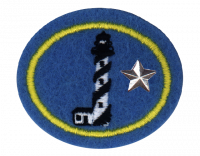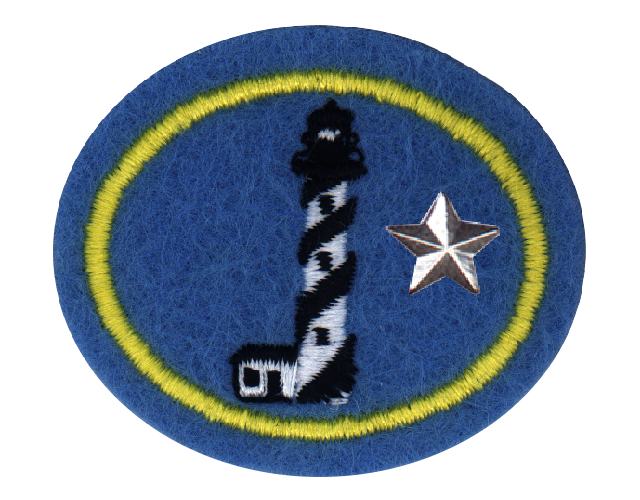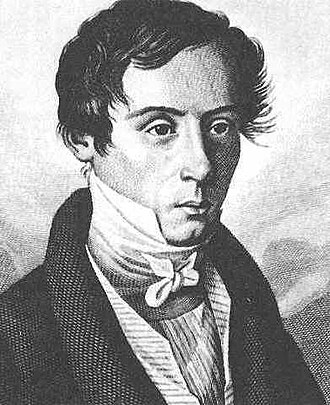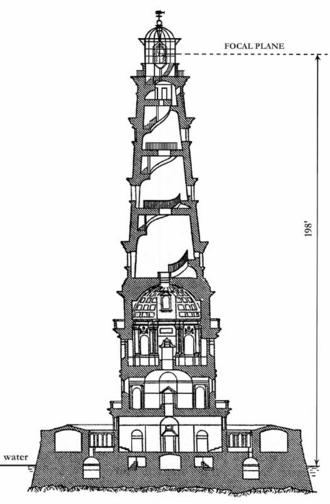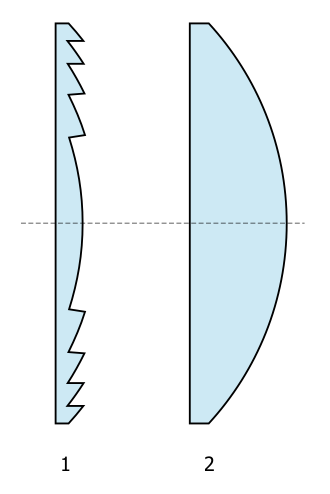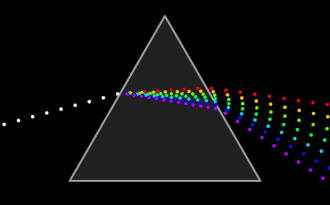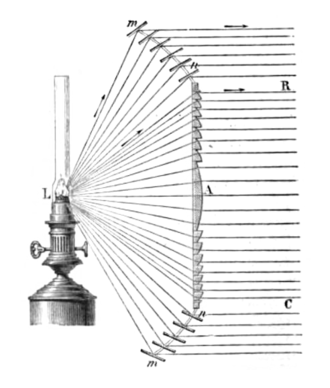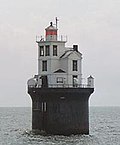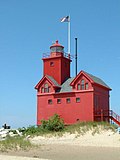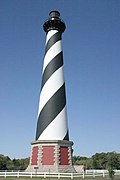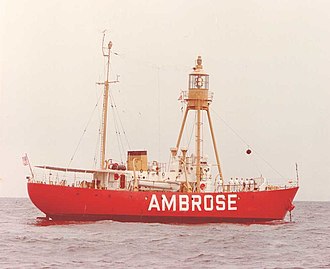Difference between revisions of "AY Honors/Lighthouses - Advanced/Answer Key"
Jomegat bot (talk | contribs) (Bot: Automated import of articles *** existing text overwritten ***) |
Jomegat bot (talk | contribs) (Bot: Automated import of articles *** existing text overwritten ***) |
||
| Line 1: | Line 1: | ||
| − | + | {{HonorSubpage}} | |
| − | |||
| − | {{ | ||
| − | |||
| − | |||
| − | |||
| − | |||
| − | |||
| − | |||
| − | |||
| − | }} | ||
| − | |||
| − | |||
<section begin="Body" /> | <section begin="Body" /> | ||
{{ansreq|page={{#titleparts:{{PAGENAME}}|2|1}}|num=1}} | {{ansreq|page={{#titleparts:{{PAGENAME}}|2|1}}|num=1}} | ||
| Line 234: | Line 222: | ||
[[Category:Adventist Youth Honors Answer Book|{{SUBPAGENAME}}]] | [[Category:Adventist Youth Honors Answer Book|{{SUBPAGENAME}}]] | ||
<noinclude></translate></noinclude> | <noinclude></translate></noinclude> | ||
| − | + | {{CloseHonorPage}} | |
Revision as of 02:56, 19 March 2021
1
For tips and instruction see Lighthouses.
2
- a. Pictures, post cards or drawings of twenty-five lighthouses. Label should included a brief description of: location, year built, active/non-active status, and order of the lens.
- b. Write up a short history of the above lighthouses.
- c. Include drawings/pictures and answers to all the requirements for this honor in your scrapbook.
2a) Pictures, post cards or drawings of twenty-five lighthouses. Label should included a brief description of: location, year built, active/non-active status, and order of the lens.
- Collect pictures/postcards/drawings of twenty-five (25) lighthouses
2b) Write up a short history of the above lighthouses.
- Include a write-up on the lighthouse(s) with your picture/post card/drawing
2c) Include drawings/pictures and answers to all the requirements for this honor in your scrapbook.
- You might be able to also work (or extend) your Scrapbooking honor
3
- a. Name of the gentleman that invented it
- b. Country that he came from
- c. Year developed
3a) Name of the gentleman that invented it: Augustin-Jean Fresnel (pronounced fray-NELL) is most often given credit for the development of this lens for use in lighthouses.
3b) Country that he came from: Fresnel (May 10, 1788 – July 14, 1827), was a French physicist who contributed significantly to the establishment of the theory of wave optics.
3c) Year developed: According to Smithsonian, the first Fresnel lens was used in 1822 in a lighthouse on the Gironde River in France, Cardovan Tower; its light could be seen from more than 20 miles out.
- A Fresnel lens is a type of lens invented by French physicist Augustin-Jean Fresnel. Originally developed for lighthouses, the design enables the construction of lenses of large aperture and short focal length without the weight and volume of material which would be required in conventional lens design. Compared to earlier lenses, the Fresnel lens is much thinner, and passes more light which allows lighthouses to be visible over much longer distances.
- The idea of creating a thinner, lighter lens by making it with separate sections mounted in a frame is often attributed to Georges-Louis Leclerc, Comte de Buffon. However, it is difficult to find any other sources that link Buffon to work with optics. French physicist and engineer Augustin-Jean Fresnel is most often given credit for the development of this lens for use in lighthouses. According to Smithsonian, the first Fresnel lens was used in 1822 in a lighthouse on the Gironde River in France, Cardovan Tower; its light could be seen from more than 20 miles out. Scottish physicist Sir David Brewster is credited with convincing The United Kingdom to use these lenses in their lighthouses.
- The Fresnel lens reduces the amount of material required compared to a conventional spherical lens by breaking the lens into a set of concentric annular sections known as Fresnel zones.
- In the first (and largest) variations of the lens, each of these zones was a different prism. Though a lens might look like a single piece of glass, closer examination reveals that it is many small pieces. It was not until modern computer-controlled milling equipment (CNC) could turn out large complex pieces that these lenses were single pieces of glass.
- For each of these zones, the overall thickness of the lens is decreased, effectively chopping the continuous surface of a standard lens into a set of surfaces of the same curvature, with discontinuities between them. This allows a substantial reduction in thickness (and thus weight and volume of material) of the lens, at the expense of reducing the imaging quality of the lens.
4
- a. Show how prisms are used to concentrate light
- b. Draw a bull’s eye lens and state its purpose
- http://science.howstuffworks.com/question244.htm (External link on how a Fresnel Lens works)
- http://www.lanternroom.com/misc/freslens.htm (Look at figure #3 for how the prisms/bull's eye reflect light)
5
You can get a nice diagram/chart at the Library of Congress.
5a
- 1st Order - focal length 920mm. Use: Largest seacoast lights.
- 2nd Order - focal length 750mm. Use: Great Lakes lighthouses, seacoast islands, sounds.
- 3rd Order - focal length 500mm. Use: Seacoast, sounds, river entry, bays, channels, range lights.
- 4th Order - focal length 250mm. Use: Shoals, reefs, harbor lights, islands in rivers and harbors.
- 5th Order - focal length 182.5mm. Use: Breakwaters, river lights, channels, small islands in sounds.
- 6th Order - focal length 150mm. Use: Pier or breakwater lights in harbors.
5b
- 1st Order : Pigeon Point Light Station. Map: Southern approach to San Francisco Bay, California
- 2nd Order : Point Bonita Lighthouse. Map: San Francisco Bay, California
- 3rd Order : Ponce_de_Leon_Inlet_Light. Map: Ponce de Leon Inlet, Ponce Inlet, Florida, south of Daytona Beach, Florida
- 4th Order : Crooked River Light. Map: near Carrabelle, Florida
- 5th Order : Au Sable Light. Map: Pictured Rocks National Lakeshore on Lake Superior
- 6th Order : Fort_Washington_Light. Map: Fort Washington Park on the banks of the Potomac River
Here's a listing of the classical Fresnel Lenses in the United States: http://uslhs.org/resources_lighthouse_lenses_4.php
6
In early years and the lenses were rotated by a weight driven clockwork assembly wound by lighthouse keepers (sometimes as often as every two hours). The lens assembly usually floated in mercury to reduce friction. In more modern lighthouses, electric lights and motor drives were used, generally powered by diesel electric generators. These also supplied electricity for the lighthouse keepers.
7
Daymark
Lighthouses have distinguishing daymarks. No two lighthouses are exactly alike. This way, ships and sailors can determine their location. For example, if you see a red lantern and black and white spiral stripes, you will know that you are off the coast of St. Augustine.
Nightmark
In similar fashion, the signature or pattern of light at night is the nightmark. By viewing this distinctive signature, sailors can tell their location even in the dark.
- Pigeon Point Light Station: Flashing white 10s
- Point Bonita Lighthouse: Occulting white once every 4s
- Ponce de Leon Inlet Light: fixed light (original)
- Cape Hatteras Light: Short flash every 7.5 seconds
- Au Sable Light: Flashing white every 6 s
- Fort Washington Light: flashing red
8
A lightship is a lighthouse on a ship. It allows a lighthouse to be put where a lighthouse cannot be built. For example, a lightship may be moored over treacherous reefs, or marking the narrow approaches to a channel. Also, at harbor entrance(s) where lighthouses can not be built or placed in areas too far offshore for a land-based lighthouse's lens to reach.
Here's a link for more information: http://www.nps.gov/history/maritime/ltshipmain.htm
9
A lighthouse keeper is the person responsible for tending and caring for a lighthouse, particularly the light and lens in the days when oil lamps and clockwork mechanisms where used. Keepers were needed to trim the wicks, replenish fuel, wind clockworks and perform maintenance tasks such as cleaning lenses and windows.
Many lighthouse keepers lived in isolated locations. The isolation could cause mental health issues. In a medical emergency they could be far from help. They had to climb towers and could fall. They also served as first responders to shipwrecks in storms which could be dangerous. Traveling over the ocean to and from work also had its hazards.
10
Here's a link to a quote: http://www.whiteestate.org/issues/Drama.html. See pages 6, 17, 18.
Whiteestate.org has a searchable database of Ellen White's writings. Type in lighthouse and see what you find.
11
12
Have Fun! You should have no problems finding a kit to build on the Internet.
